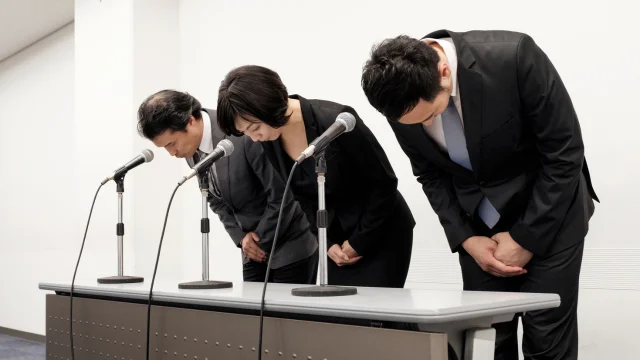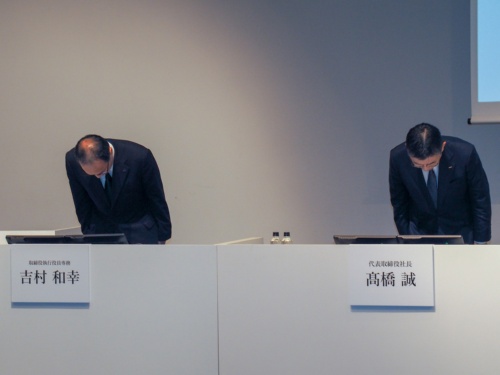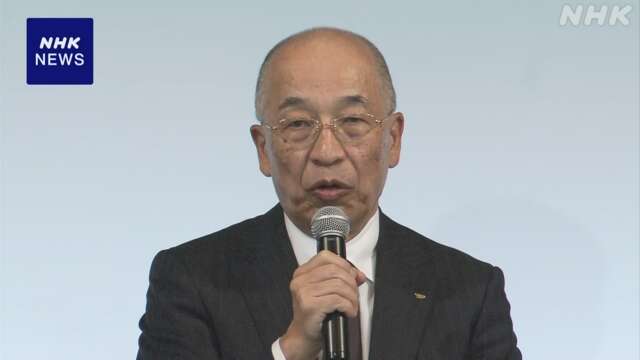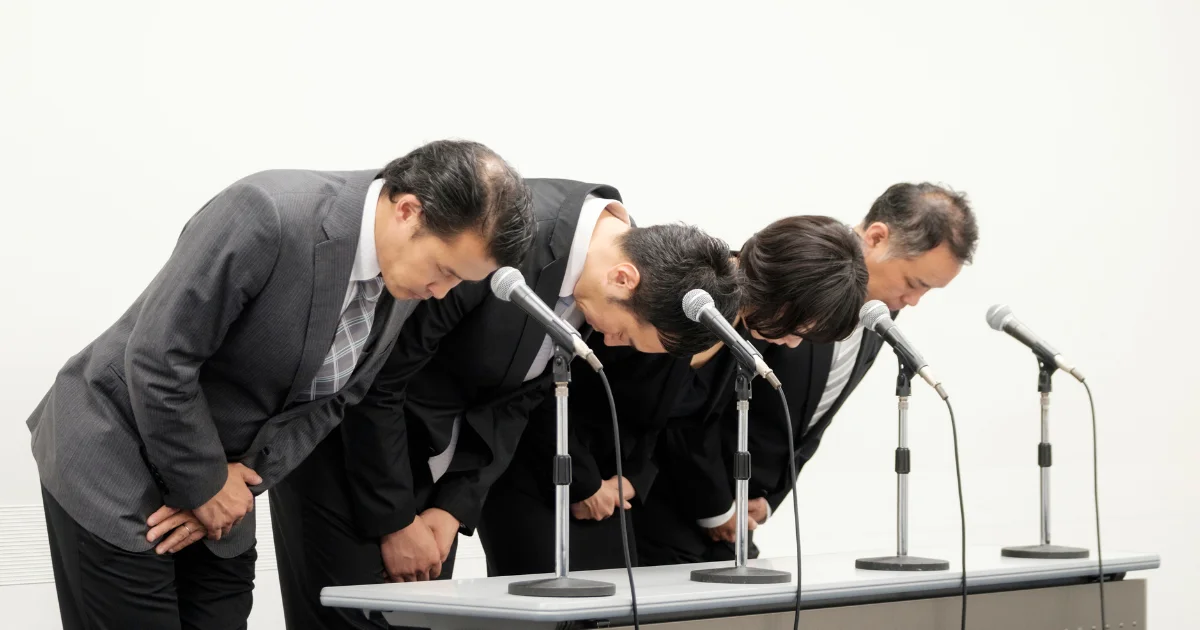In March of 2023, the Japanese confectionary company, Chirin, released a formal apology statement on their social media outlets:
“We apologize,”
Since 1985, Puchi Puchi Uranai fortune telling candy has been on the market for 38 years, 18 pieces of candy and 18 fortunes, for 20 yen (approx. USD 15 cents).
In order to produce candy in a safe and secure manner and increasing productivity, we have introduced automatic packaging machines, and in consideration of environmental issues we have also decreased the thickness of PET plastic and plastic usage in our products. This is being done all while trying to eliminate costs.
Even so…
Due to the high costs of raw materials, production materials and energy we have been forced to increase the value of Puchi Puchi Uranai from 20 yen to 30 yen (approx. USD 22 cents).
Once again, we apologize.”
From a Western perspective, apologizing for something such as a price increase – especially one as minimal as 10 yen – would seem very odd. But this case highlights a significant difference between Western and Japanese business etiquette.
Whether addressing a slight inconvenience or a major corporate scandal, Japanese businesses and business leaders often step forward to apologize. This serves to mitigate any potential crises and demonstrates a desire to maintain trust and goodwill in any negative situation.
This is not just something that happens in business life, either. When speaking Japanese, I as a foreigner often find myself apologizing for things that I would not normally apologize for in English. Phrases like, “I apologize for inconveniencing you,” or “I apologize for misunderstanding” are not uncommon. Apology is something ingrained into the language and by extension the culture.
In this article, we will delve into the historical, societal, and psychological underpinnings of apologizing in Japan. By understanding its origins and implications, we can gain valuable insights into the broader dynamics of Japanese business and crisis communications.
Understanding the Societal Expectations of Apology in Japan

To understand why apologies are important in Japan, it is first important to understand what the societal expectations of an apology are, and why people apologize. Generally speaking, people apologize for mistakes they have made to express remorse and repair relationships.
Often, this comes as second nature to humans. By admitting fault and expressing regret people can demonstrate a willingness to take responsibility, maintain positive social interactions and prevent conflicts from escalating.
“By getting people talking again, an apology makes them feel comfortable with each other again. It also helps convey the value that you place on the relationship,” explains Elizabeth Scott, a PhD in psychology and author of 8 Keys to Stress Management.
While the basic understanding of an apology is universal, what it is necessary to apologize for will vary from culture to culture and is often built into the language. Japanese culture is often referred to as a “high-context culture.” This means that Japanese culture often exhibits communication that requires contextual elements, including body language, intonation and style of address.
“In high-context cultures like Japan, many things do not need to be said,” explains Yusuke Kamimura, founder and CEO of ShapeWin, a cross-cultural PR firm based in Tokyo and Vancouver.
“Because many Japanese people go through similar cultural experiences, inference is a large part of the communication. There are norms that should be observed and respected that only make sense within the culture.”
Because of these shared cultural experiences, high-context cultures like Japan are more collectivist than Western cultures, which emphasize individual experiences. This in turn makes high-context cultures highly motivated by collective responsibility and being a person of integrity. These emotions serve as powerful motivators for behavior where community perception and social harmony play a strong role.
Thus, in a high-context culture, apologies actually play a much larger role than simply acknowledging fault. Rather apologies are used by the group to acknowledge a regrettable state of affairs. While in Western companies this may be seen as an admission of wrongdoing, in a Japanese context it is about taking responsibility, irrespective of culpability. This is why the phrase sekinin wo toru or “to take responsibility” carries so much weight in Japanese corporate culture.
“The importance of apologizing in Japanese culture cannot be overstated,” Kamimura continues.
“Because we are a collectivist culture, we emphasize shame and regret, but also collective responsibility. Thus, apologies are seen less as an admission of wrongdoing and more as a way of showing integrity and responsibility.”
Thus, the best way to think of an apology is that it is acknowledging an infringement or an error, rather than an actual admission of guilt.
Apologizing in Crisis Communications

Now that we have an understanding of apologizing in a Japanese context, the application of apologizing in crisis communications can more easily be understood. Apologizing in crisis communications highlights the importance of prioritizing collective responsibility and the expression of sincere regret over pinpointing individual blame.
In Japanese culture, effective crisis communication involves acknowledging the impact on all stakeholders and demonstrating a commitment to rectifying the situation. This approach fosters trust and solidarity, showing that the organization values harmony and collective well-being. It is crucial for companies operating in Japan to understand that a heartfelt apology is not merely an admission of guilt but a strategic move to maintain and restore relationships.
Japanese apology press conferences (shazai kaiken) serve as a good example of the apology culture in practice. In these conferences, leaders of Japanese companies will get up in front of large audiences and publicly apologize, before offering reasons for a disturbance and occasionally solutions. By openly acknowledging these mistakes, these leaders wish to publicly proclaim their errors in front of the collective public and aim to rebuild trust.
The sincerity and formality of these apologies often include deep bows, symbolizing remorse and a commitment to rectifying the issues at hand. Oftentimes, these apology press conferences will take questions from the gathered reporters, and how leaders respond to these questions can often inform the public perception of their sincerity and remorse.
“While press conferences are not uncommon in the West, due to the importance of apologizing in Japan, apology press conferences are an important part of Japanese crisis communications,” Kamimura explains.
“The purpose of an apology conference is to express integrity and remove negative images from the minds of the public.I think that this is something that is unique to Japan and does not translate well to a Western audience.”
An example of this can be found in the KDDI incident in 2022. Formed through the merger of several smaller companies, KDDI is a one of the major Japanese telecommunications providers. In July of 2022 the company experienced major outages that affected over 35 million customers. As a result, KDDI held a press conference where President Makoto Takahashi publicly apologized for the outage, provided a detailed explanation for the problem and offered a solution to help prevent future incidents. He also voluntarily waived 20 percent of his salary for three months, while providing compensation to affected customers.
This particular KDDI press conference was well-received by the Japanese public, with President Takahashi receiving particular praise for his professionalism and his sincerity. His actions were seen as a genuine effort to rectify the situation and build trust.
Challenges in Japanese Crisis Communications

Something many companies struggle with in Japanese crisis communications – and this includes Japanese companies – is both humility and sincerity. The main reason for this is the primary concerns of crisis communications are to minimize the social impact of an issue and protect the interests of the brand and the company.
These concerns manifest in two distinct approaches. In a Western context, executives are seen as primarily wanting the issue to just “go away.” But in the Japanese context, which values the collective, there is a greater emphasis on the broader impact. More individuals and the company as a whole can be affected by an inadequate response, underscoring the need for a more thoughtful and sincere approach to crisis management.
Regardless of the approach, the result ends up being relatively similar: a slow PR response that comes off as bland, inoffensive and is usually perceived as insincere. Reactions to these types of apologies tend to be ambivalent at best, to extreme negativity at worst. In Japanese the term enjo – literally “going up in flames” – is often used to describe the intense negativity directed towards scandals on Japanese social media.
“Oftentimes, companies operating in Japan have a hard time reaching an effective PR response in a timely manner,” Kamimura admits.
“This leads to responses being seen as disingenuous and can lead to enjo. In other words, it does not live up to the primary goals of crisis communications, namely showing integrity and mitigating negative reactions.” Thus, both Japanese companies and Western companies operating in Japan face a balancing act when dealing with crises and scandals. On one hand, there is a desire to respond to an action quickly to overcome the perception of insincerity and to prevent the damage from spreading both through traditional media and social media. On the other hand, it is important to investigate an issue thoroughly and prepare the correct response, which can take a lot of time and can allow the issue to fester. This is especially true on social media where Japanese internet users can jump to conclusions quickly, leading to enjo.
Best Practices for Japanese Crisis Communications

Therefore, the question becomes one of understanding the best practices for crisis communications within a Japanese context. As with most situations, being prepared for the unexpected is key. Having an existing crisis communications plan in place is essential for responding to a scandal or crisis quickly, as it gives employees a roadmap to follow. Within a Japanese context, ideas such as sincerity, acknowledgement of wrongdoing, expressing guilt or shame, and providing both solutions and recompense will be important. Taking leaders through a crisis communications plan and training them for apology conferences is also important within a Japanese context.
At the same time, it is important to balance the existing plan with knowing how to improvise. Oftentimes, a crisis communications plan is not going to have the exact solution to a scenario and it can sometimes backfire. A CEO can read an apology off a paper and acknowledge his faults, but it can be better to speak in his own words to avoid insincerity. This is particularly true when it comes to taking questions from reporters. As mentioned previously, the apology is almost to be expected in Japanese society. What matters is the response.
KDDI

The aforementioned KDDI apology conference serves as a standout example for a variety of reasons. Firstly, President Takahashi explained the reasons for the issue in detail, while apologizing immediately at the start of the conference for the issue. Secondly, Takahashi provided a detailed plan for what steps would be taken in the future, demonstrating a commitment to addressing the root causes of the problem.
Lastly, Takahashi expressed regret throughout the conference, taking responsibility by not shifting the blame to others and by taking actions such as cutting his own salary and offering compensation to customers. Takahashi demonstrated a willingness to be vulnerable and to show humility, which helped restore public interest, not just in KDDI but in Takahashi himself.
“The KDDI situation is a good example of how leaders taking responsibility and showing integrity can help mitigate a crisis,” Kamimura explains.
“Moreover, by having the top management like President Takahashi emphasize how to avoid problems and improve services, it helped ease the public outcry and assuage customer concerns, restoring confidence in KDDI. Many Japanese people still view the company and President Takahashi relatively favorably.”
Daihatsu-Toyota

Another good example can be found in Toyota’s recent scandal involving the Daihatsu division of the company. It had come out that Daihatsu had been falsifying the safety data of some of their products, including those intended for overseas markets. This led to a third-party investigation into Daihatsu which led to the car manufacturer halting shipments of some of their products.
A joint-apology press conference between Toyota and Daihatsu was held immediately after a meeting with the third-party commission, demonstrating the benefit of timeliness. During this press conference the then-president of Daihatsu, Soichiro Okudaira, answered questions while providing comprehensive steps to prevent the issue from reappearing in the issue, demonstrating remorse. Moreover, Hiroki Nakajima, the executive vice-president of the Toyota Motor Corporation, also apologized at the conference, and made sure to answer questions in a straightforward manner that considered the customer perspective.
“The Daihatsu-Toyota scandal is a good example of how a timely response can greatly help in dampening negativity,” Kamimura continues.
“The top executives involved apologized publicly and answered questions in a way that considered the customer perspective, demonstrating integrity and empathy.”
Conclusion

As a PR and marketing company that operates in both Japan and in North America, we understand how difficult it can be to bridge cultural differences. ShapeWin can provide consulting services for your PR and marketing campaigns to ensure that your message resonates with diverse audiences across both regions. Our team boasts proficiency in both Japanese and English, and can assist you across a variety of communication platforms, from social media account management to writing press releases. With ShapeWin at your side, your company and brand will be able to navigate cultural differences with ease and avoid making mistakes.
People also read
